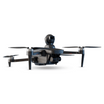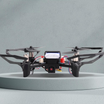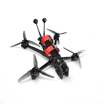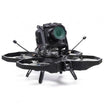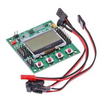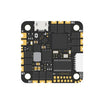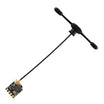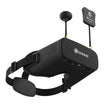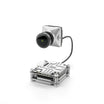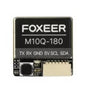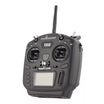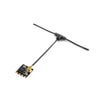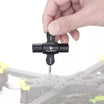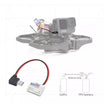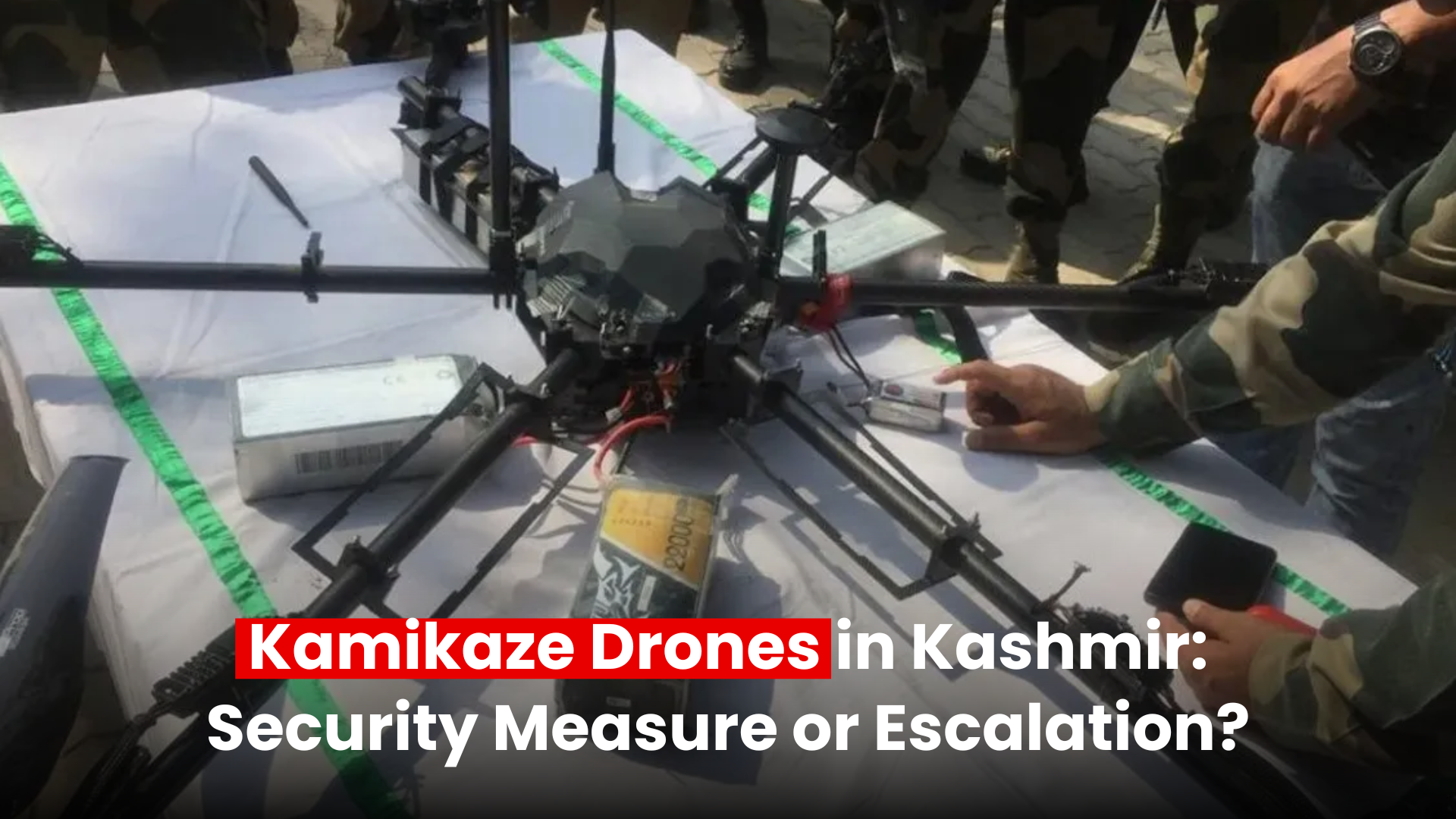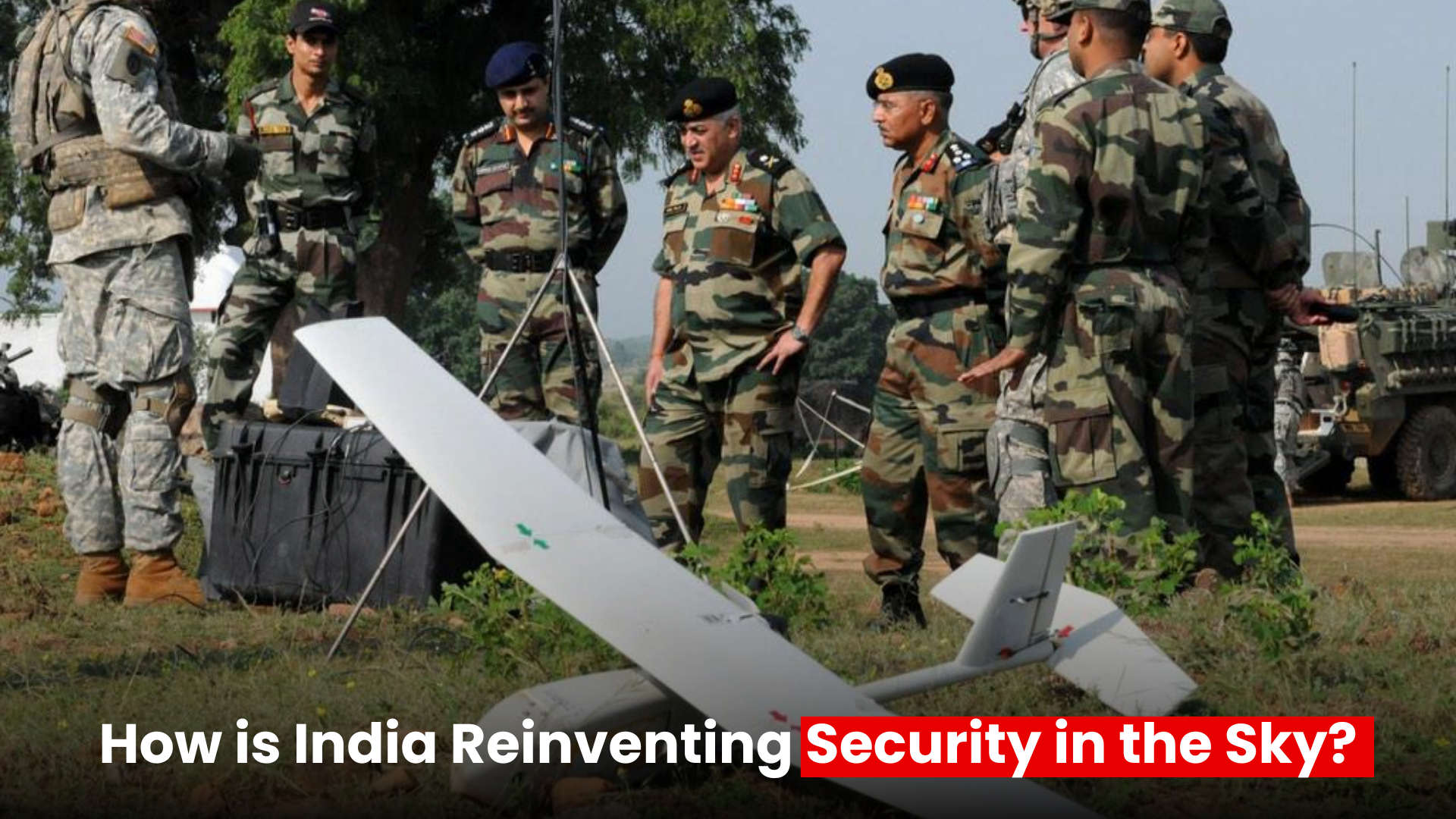Modern warfare has evolved far beyond traditional battlefields. The race for technological supremacy now extends deep into the world’s oceans, where nations are deploying advanced underwater drones to fortify their naval defense strategies. These unmanned underwater vehicles (UUVs) are not just futuristic concepts but powerful assets reshaping military operations worldwide.
As naval forces recognize the need for enhanced surveillance, mine detection, and underwater combat capabilities, underwater drones are becoming indispensable. But how did we get here, and what does the future hold?
Let’s explore.
Why Underwater Drones? The Shift Towards Autonomous Naval Warfare
For centuries, naval warfare revolved around massive fleets of warships, submarines, and human divers navigating the depths for reconnaissance and combat missions. However, the advent of artificial intelligence, automation, and miniaturized technology has led to the rise of unmanned systems. Underwater drones offer a unique advantage: they can operate in extreme depths, withstand high pressures, and carry out missions that would otherwise be too dangerous or costly for manned submarines.
Countries like the United States, China, and Russia are investing heavily in underwater drone technology, recognizing its potential to enhance stealth capabilities, detect enemy activity, and provide real-time data. These UUVs come in various sizes, from compact autonomous gliders to large, submarine-like vehicles capable of long-duration missions.
Also read: The impact of 5G on drone connectivity and performance.
How Do Underwater Drones Work?
The mechanics of underwater drones vary based on their function, but most operate using the following core technologies:
Sonar and Sensor Systems – These allow drones to map the ocean floor, detect objects, and navigate murky waters with precision.
Artificial Intelligence and Machine Learning – AI helps drones analyze data and make real-time decisions, reducing the need for human intervention.
Autonomous Navigation – Equipped with GPS, inertial navigation systems, and onboard AI, these drones can travel long distances without external control.
Communication Systems – Since GPS signals don’t work underwater, drones rely on acoustic communication and radio frequency signals to relay information.
Energy Efficiency – Some drones are powered by lithium-ion batteries, while others use energy-efficient propulsion systems for extended operations.
Key Applications in Naval Defense
The primary role of underwater drones in naval defense revolves around intelligence, surveillance, and reconnaissance (ISR). However, their use cases extend far beyond mere observation.
Mine Detection and Neutralization
Mines are one of the deadliest underwater threats, often placed in strategic locations to disrupt naval operations. Traditional mine clearance requires divers or manned submarines—both risky and time-consuming approaches. Underwater drones like the U.S. Navy’s REMUS 600 and Knifefish are designed to scan vast ocean areas, detect mines, and even neutralize them without putting human lives in danger.
Anti-Submarine Warfare (ASW)
Detecting enemy submarines before they become a threat is a critical naval defense strategy. Underwater drones equipped with sonar systems can locate and track hostile submarines without revealing their own presence. The U.S. Navy’s Orca XLUUV (Extra-Large Unmanned Underwater Vehicle) is an example of a drone designed for long-duration ASW missions, gathering intelligence while staying hidden from adversaries.
Covert Surveillance and Reconnaissance
Stealth is key in modern warfare, and underwater drones provide a silent yet effective means of surveillance. Countries deploy these drones near enemy waters to gather intelligence on fleet movements, infrastructure, and potential threats. The Russian Poseidon, an autonomous nuclear-powered drone, is rumored to be capable of deep-sea reconnaissance while carrying a powerful warhead.
Underwater Infrastructure Protection
With growing reliance on underwater cables for global communication and energy pipelines for resource transport, securing these infrastructures is crucial. Some UUVs are tasked with patrolling and safeguarding these assets from sabotage or accidental damage. China’s HSU-001 is believed to be designed for such missions, silently monitoring underwater environments to detect anomalies.
Combat and Offensive Capabilities
While most underwater drones are designed for reconnaissance and defense, some are being developed for offensive roles. There is speculation about drone torpedoes capable of launching surprise attacks on enemy vessels. As these technologies mature, we could see drones equipped with weaponized systems, blurring the lines between traditional naval warfare and unmanned combat.
Also read: A guide to tethered drones.
Leading Nations and Their Underwater Drone Programs
Several countries are at the forefront of underwater drone development, each striving to gain a strategic edge.
United States – The U.S. Navy leads the way with its Orca XLUUV, Knifefish, and REMUS series. These drones focus on mine detection, surveillance, and anti-submarine warfare.
China – China’s HSU-001 and Haiyi glider drones demonstrate the country’s push towards autonomous underwater reconnaissance and defense capabilities.
Russia – The Russian Poseidon is perhaps the most talked-about underwater drone, allegedly carrying nuclear capabilities, making it a significant strategic asset.
United Kingdom – The Royal Navy is investing in underwater drones for mine warfare and surveillance, with projects like Manta XLUUV.
Israel – Known for its defense technology, Israel is developing compact autonomous underwater vehicles (AUVs) for surveillance and security operations.
Challenges and Ethical Concerns
As with any advanced military technology, underwater drones present challenges and ethical dilemmas. One major concern is the potential for autonomous drones to make lethal decisions without human oversight. Additionally, their ability to operate undetected raises issues regarding espionage and international waters' sovereignty.
Other challenges include:
Communication Limitations – Since underwater drones cannot use traditional GPS, real-time control remains a challenge.
Energy Constraints – Longer missions require better power sources, which remain a hurdle for sustained underwater operations.
Cybersecurity Risks – As with any connected system, underwater drones are vulnerable to hacking or signal interference.
The Future of Underwater Drones in Naval Warfare
The rise of underwater drones marks a new era in naval defense. As technology advances, we can expect these systems to become more autonomous, stealthier, and capable of complex missions. The integration of AI, improved energy solutions, and enhanced sensor systems will make UUVs a vital part of modern navies.
Looking ahead, we might see swarms of underwater drones working in coordination, mimicking the behavior of a school of fish, making them harder to detect and counter. Additionally, the development of AI-driven decision-making capabilities could allow these drones to operate with minimal human intervention, shifting the balance of power in naval warfare.


